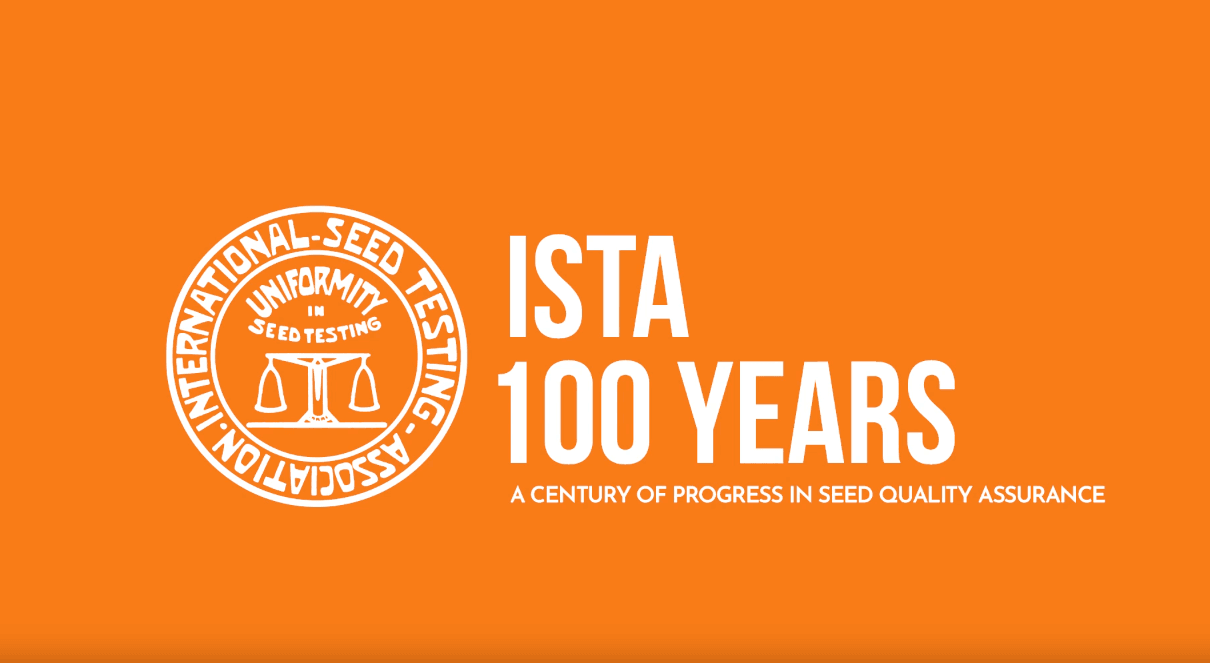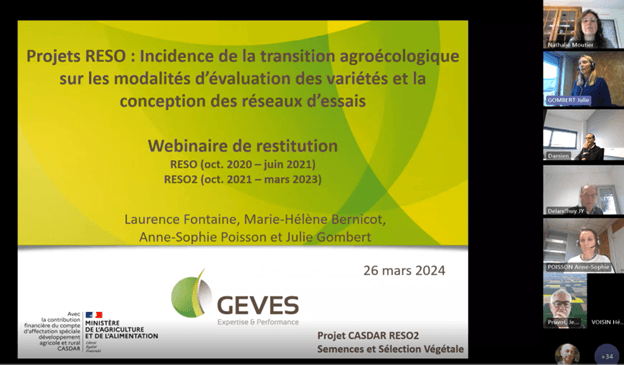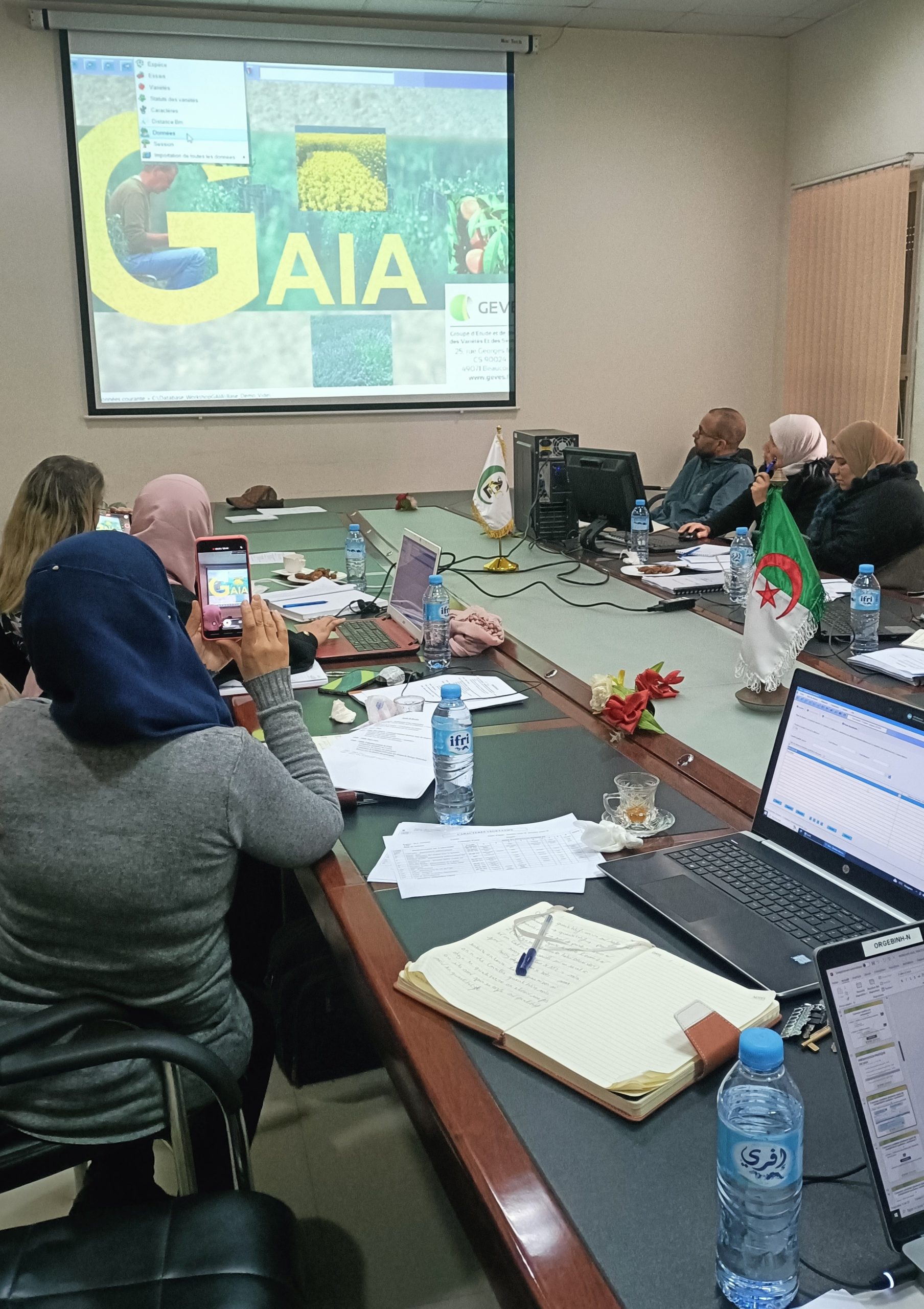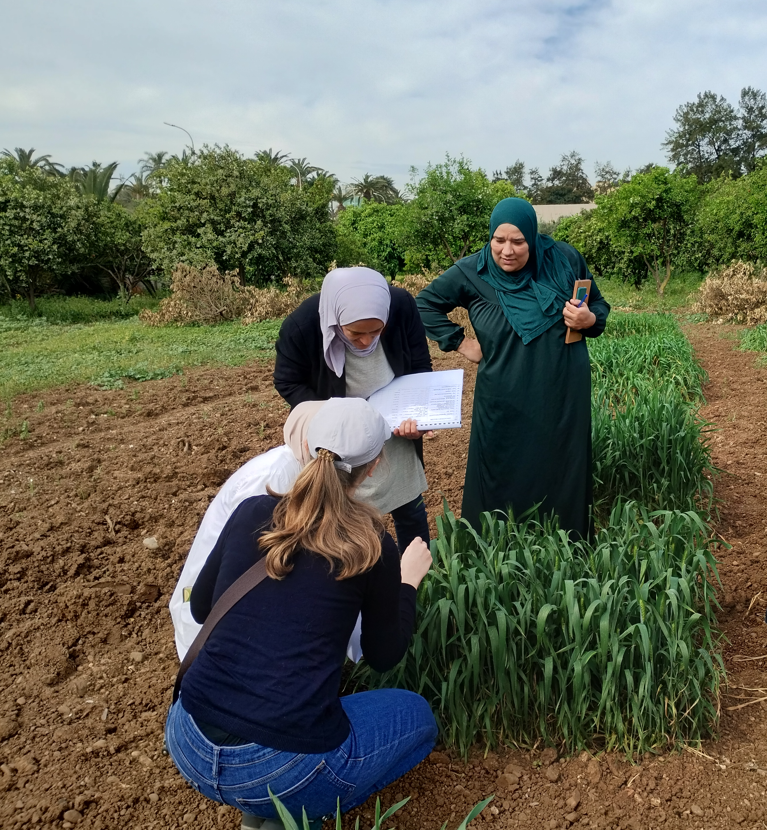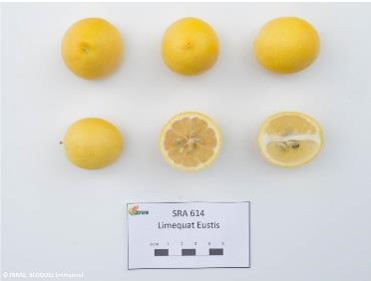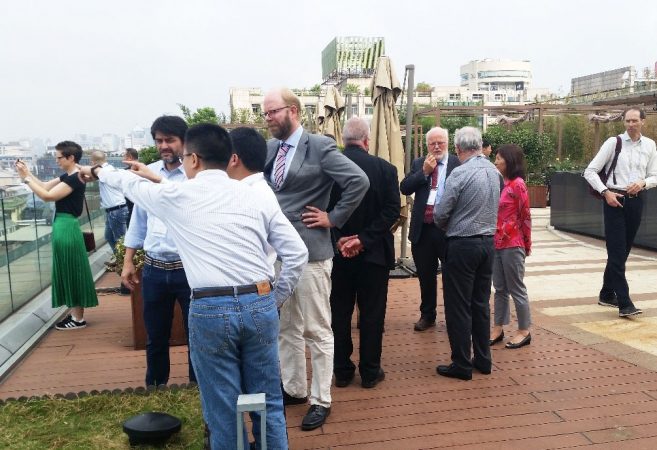
UPOV TWC meeting 2019
Hangzhou, capital of the Zehjiang province, is a thousand-year-old city renowned for its historical sites, silk and especially its tea (Longjing, Dragon Well) grown on the hills bordering the “West Lake”. It is here that the 30 participants of the TWC (Technical Working Party on automation and Computer programs) participated in the 37th edition on 14-16 October. A delegation of 19 Chinese DUS experts also attended the meeting which was chaired by Mr Kees Van Ettekoven (Chair by interim). The meeting included presentations of methods for evaluating Chinese varieties and exchanges on various topics, in particular assessing uniformity (calculated and off-types), DUS testing in 1 year and producing variety descriptions from quantitative data.
- Developments in evaluating quantitative data for varieties with high variability, COYU
The current technique based on moving averages will gradually disappear and give way to the “spline” method. This new technique will allow for more accurate results with more flexible data sets on degrees of freedom. The program has been completed and the transposition of DUSTNT (British calculation chain) is in progress. The writing of the revised recommendations in TGP/8 is in progress.
- Evaluation of homogeneity with off-types
The risks associated with assessing uniformity and the number of off-types on the basis of one or more associated cycles are indicated in the tables of UPOV guidelines. It is more comfortable to have a tool at your disposal than to browse through the documents in search of a specific situation. These tables now have an application to directly evaluate the number of off-types and risks according to the number of cycles considered. This application was written in Excel by our British colleagues.
The calculation module is available here.
- DUS testing in 1 year
This subject began last year with a presentation of the approach of our colleagues from the Netherlands. This year, we presented the French approach by detailing the different situations for carrying out 2 cycles in 1 year. The various experts agree that in the case of 2 cycles of studies carried out in the same year at the same time, a good distance and differences in conditions between locations are necessary for the notion of independence. These limits must be identified.
- Producing variety descriptions from quantitative data
The different approaches for producing descriptions used by UPOV members are clearly identified. The various experts concerned (UK, FR, IT, JA and DE) will have to provide the information justifying the different techniques (type of variety, factors, etc.). It is intended to write a paragraph, probably in the form of a decision tree for producing variety descriptions according to the different methods.
Other matters were also discussed at the meeting, which included many interesting and friendly exchanges. The TWC and BMT will now take place in the same week to facilitate common discussion points. They will take place in Alexandria (USA) the week of 21 September 2020.
If you would like further information on a particular subject, please contact frederic.lafaillette@geves.fr
Download the documents from the TWC 37 meeting here.

